It’s estimated that 2 out of 3 people who buy gym subscriptions stop going to the gym entirely after the first month.
Putting aside the ice cream and that unnecessary call-out, what can we learn from that statistic?
Well, no matter how much we may like to think otherwise, apparently a financial investment isn’t actually enough to keep initial interest and desire around forever. (Ever been to a gym in February?)
So how do you keep your students’ energy and motivation high when the daily grind starts to overpower the novelty? Let’s take a look at seven ways you can use the tools in the Project Ares gym to keep your students lacing up their cyber sneakers every day:
- Before and after photos
- Make a detailed plan
- Competition
- Track their progress
- Remind them of their “why”
- Leave them wanting more
- Reward them
All of these motivational tricks are built into the Project Ares gym and today, we’re going to show you how to use them.
RELATED: 6 Cybersecurity Teaching Best Practices: How to Use Project Ares Like a Gym
Before and After Photos
Who doesn’t feel wildly inspired by seeing the progress that other people have made in comparison with where they started? It’s a powerful combination of relatability and realistic achievability. When your students see other students’ experiences and successes, their own success will seem that much more attainable. It’s also an excellent reminder of why the hard work is worth it. All you have to do is look at that “after” photo.
Like these Project Ares students:


Half the battle of maintaining motivation is making new habits easy to adopt. When your students know exactly what they’ll be doing each and every day, the guesswork of progress will no longer be an excuse. In fact, it’ll be a motivator! Because they know that all they have to do is show up and put in the work, they won’t be able to say “but I haven’t planned anything for today.”
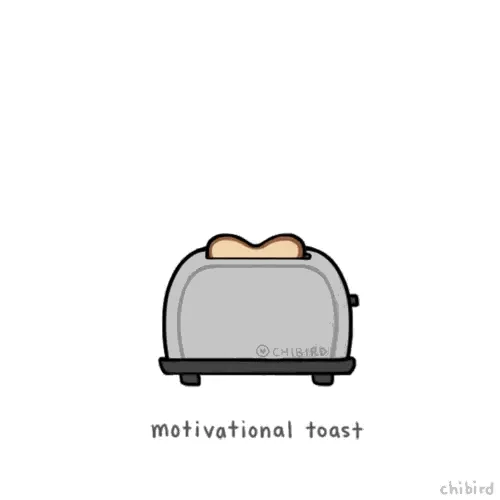
That means it’s up to you to design a training plan, a.k.a. classroom curriculum, that gives your students the plan they need to stay motivated.
When designing that plan, keep these five elements in mind:
- Define your student demographic
- Visualize your end goal
- Make a schedule
- Plan for student independence
- Choose your equipment
These elements will help you structure a plan that ensures you, as their trainer, keep them motivated and progressing.
Competition
If you’ve been following this series, you might remember that competition is one of three ways that we recommend using Project Ares for “group workouts”, but it’s also a great way to reboot motivation!
When the desire to do well for personal reasons starts to wane, social pressure to perform can do wonders for boosting your students’ drive. (After all, who hasn’t pumped out an extra set to one-up Mr. Muscles sitting at the weight machine nearby?)
RELATED: 3 Ways to Use the Project Ares “Group Workout” Rooms
Whether you host a competition in the classroom, a virtual environment, or asynchronously across a couple of days, pitting students against each other to prove their cyber mastery is an incredibly effective way to encourage motivation. (You could even combine it with prizes! But more on that later.)
Track Their Progress
In the beginning, your students will feel that they seemingly have no end to their motivational stores. That’s why it’s so important to keep track of that excitement and willingness to go “all in”. When it begins to fade as the daily reality of hard work sets in, having that record of their achievements in front of them could be just the motivational boost they need.
There are a couple of ways to track this in the Project Ares gym. There are, of course, the Trainer reports that are easily accessed through the history of each scenario:
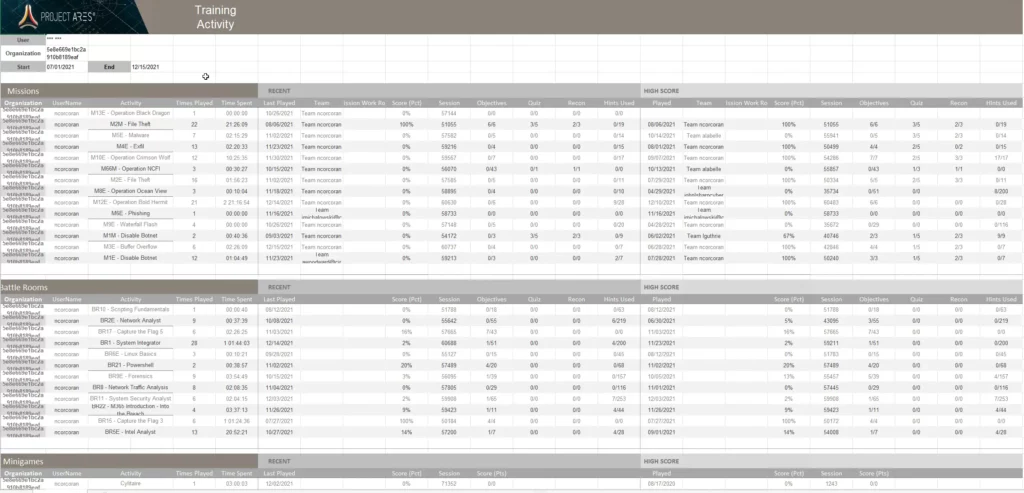
But did you know that we have a new tool for Trainers that makes this even easier? The Instructor Dashboard on the new Project Ares web app was designed to allow instructors to track student progress and scenario completion for all Project Ares assignments using real-time data. Check it out!
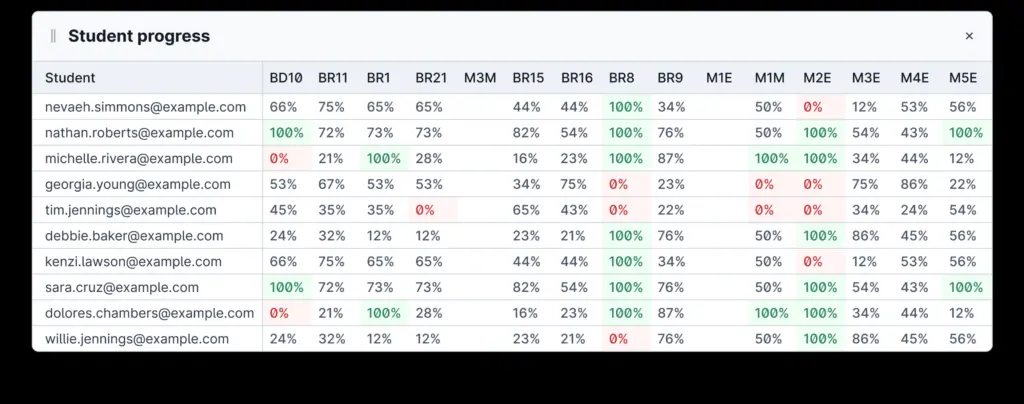
Remind Them of Their “Why”
“Every action you take is a vote for the type of person you want to become.” In James Clear’s bestselling book on motivation and habit building, a lot of weight is given to the idea that changing our habits is really about changing our identity.
Instead of asking “what do I want to become”, encourage your students to ask, “what would this kind of person do”? Ask them to envision themselves in their future career. What would that person have done to get to where they are? What can your students do now to build that identity as if it were who they are today?
They can simply think about this, or they can write it down to reference in future months when midterms, part-time jobs and the stressors of everyday life begin to weigh on their motivation.
Join the Project Ares Student User Group
Students can talk with cybersecurity professionals in our exclusive Project Ares Student User Group.
Leave Them Wanting More
The great thing about gamification is that it’s…well, fun! And you can use that to your advantage as an instructor.
Incorporating a few Objectives of a scenario into the classroom experience is a great way to motivate students to continue their work asynchronously. When they’ve already invested a little time into earning points and beating a scenario, they’re likely to feel like class is coming to an end too soon! They’ll be excited to go home and keep working, (and working during the break in between class). Students will feel recharged, rather than exhausted and burnt out.
By stopping before your students reach the point of wanting to stop on their own, you’ll see a jump in your students’ motivation to keep going. (Try pulling anyone away from a video game before they’ve reached a saving point and you’ll see what we mean.)
Reward Them
And last but not least, the proverbial gold medal at the end of the semester is another surefire way to keep your students’ motivational fires kindled. Of course, there are endless ways to use the gamified environment to keep students engaged with rewards, but here are some of our favorite things we’ve seen Project Ares instructors do:
- Offer an automatic “A” on the final exam to the student with the highest rank in Project Ares (or automatic extra credit to their final grade).
- Provide access to a “secret scenario” that other students don’t have access to for those who finish their assignments at least 2 days early
- Skip the chapter exam if a student finishes their scenario assignment without using any hints
- Hold short Battle Room competitions at the end of class. The student who completes the assigned objective the fastest can skip that day’s homework.
There are as many creative ideas in this category as there are instructors, and those short bursts of motivation are fun and exciting ways to keep students engaged in their work.
Last Thoughts
And just like that, you and your students are ready to hit the gym! Here’s a quick recap of this ultimate guide:

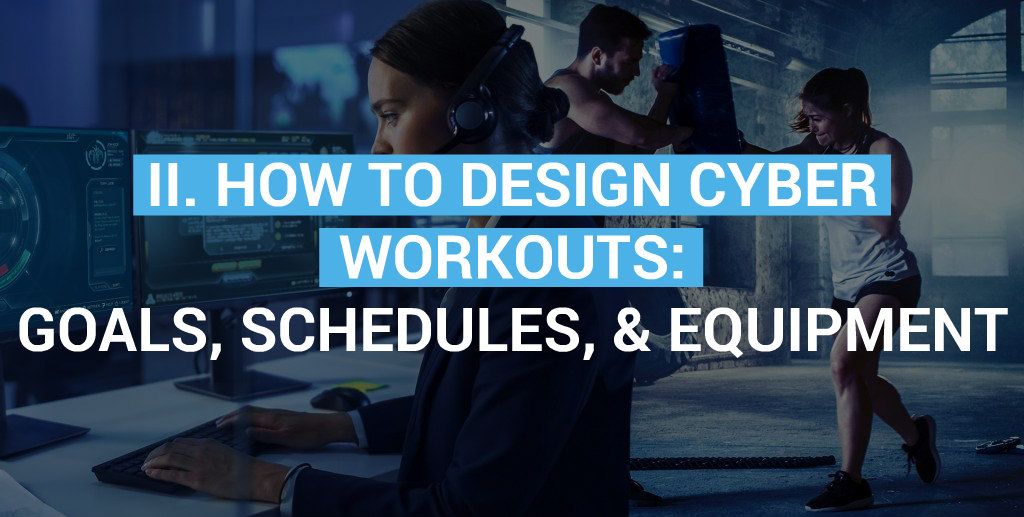
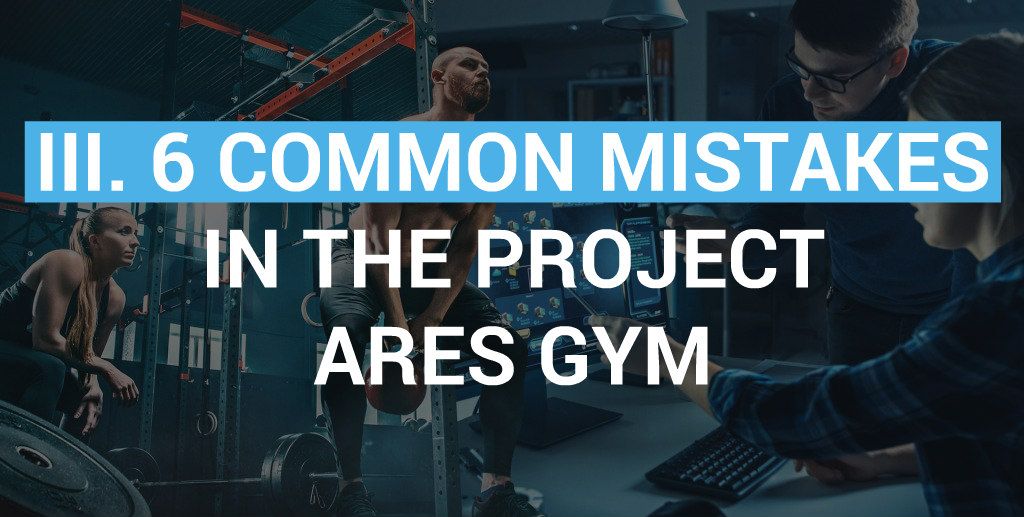
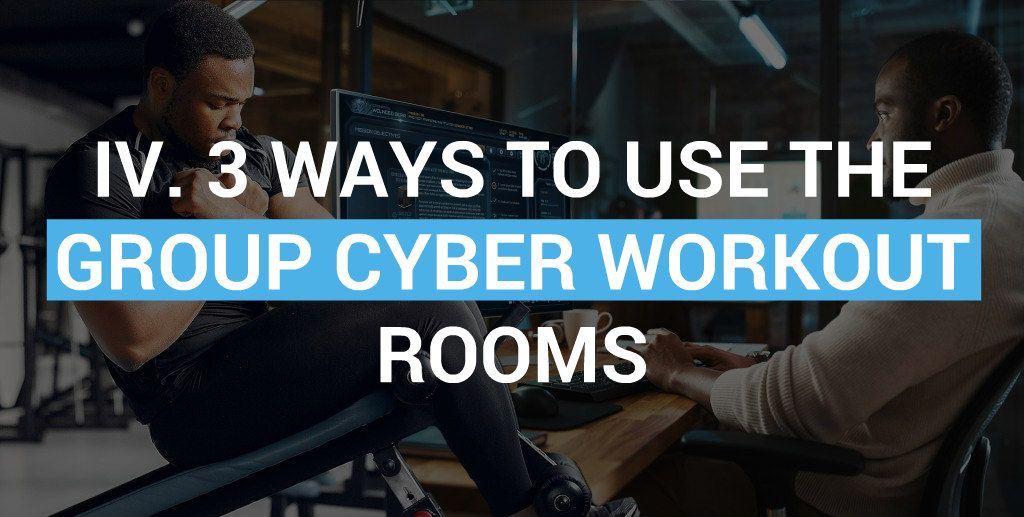
We’ll see you on the training ground!





